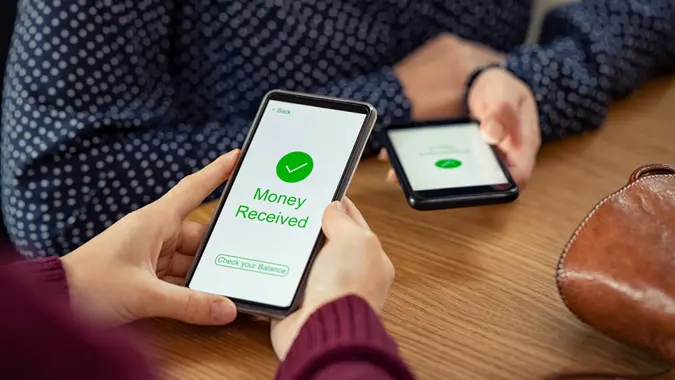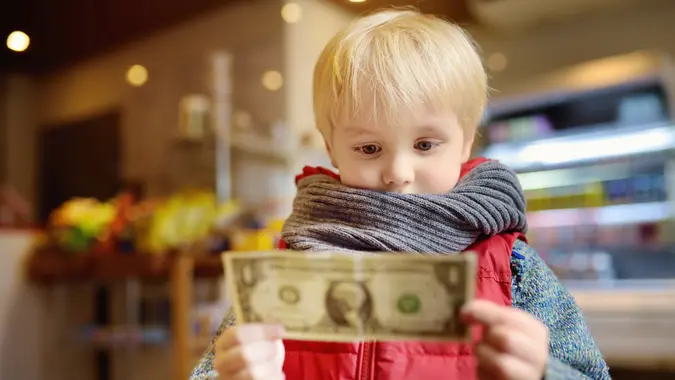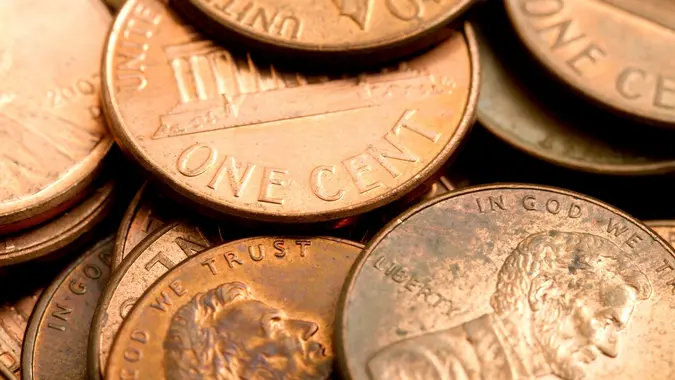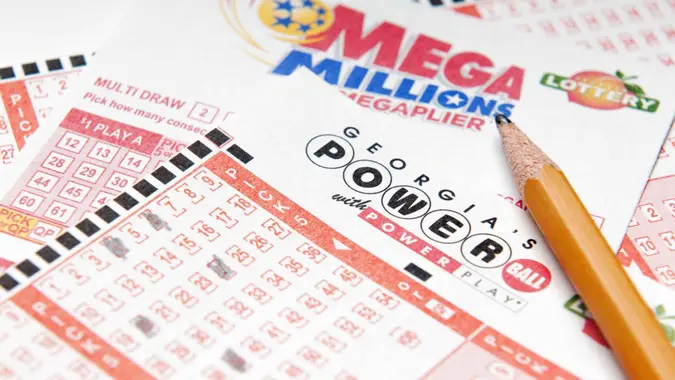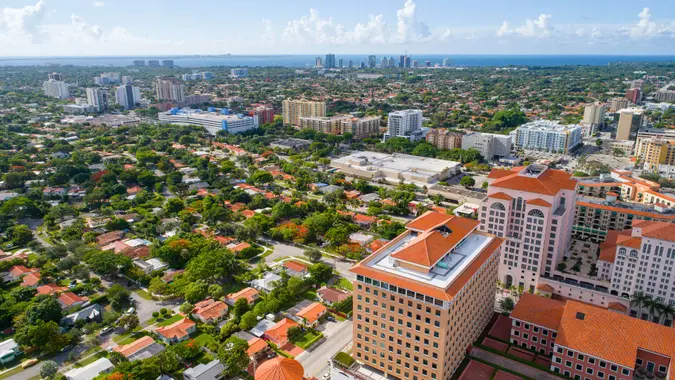Kamala Harris Claims Americans Can’t Come Up With $400 in an Emergency — Here’s What Statistics Say
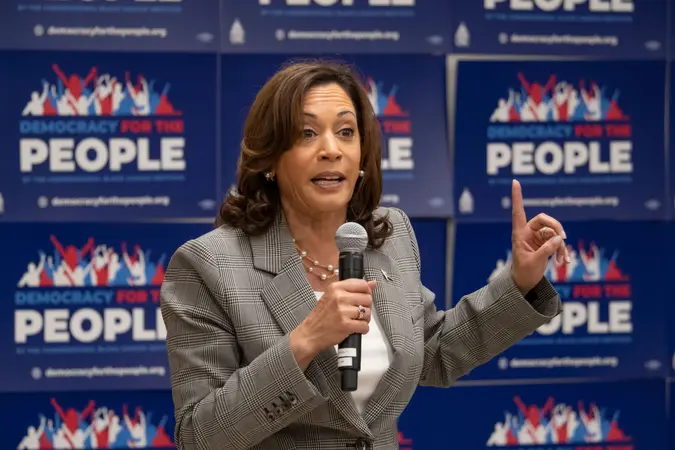
Commitment to Our Readers
GOBankingRates' editorial team is committed to bringing you unbiased reviews and information. We use data-driven methodologies to evaluate financial products and services - our reviews and ratings are not influenced by advertisers. You can read more about our editorial guidelines and our products and services review methodology.

20 Years
Helping You Live Richer

Reviewed
by Experts

Trusted by
Millions of Readers
Kamala Harris, the Vice President of the United States, recently suggested that the majority of American citizens are but a $400 unexpected bill away from filing for bankruptcy.
This claim, however, appears to be more misleading than accurate, according to an analysis of data from the US Federal Reserve’s Survey on Household Well-Being.
Harris’s assertion stems from a misinterpretation of the aforementioned survey which examines the financial resilience of American households in the face of an unforeseen $400 expense. The 2022 data shows that 63% of respondents claimed they could cover such a cost using cash or equivalent resources, down from 68% in the previous year.
While this decrease may be attributable to factors such as the exhaustion of pandemic-related savings, reduced governmental assistance, and heightened inflation, it does not mean that the remainder of households are at risk of bankruptcy due to a $400 emergency bill.
Contrary to the Vice President’s statement, the survey findings reveal that only 13% of all households admitted that they could not manage to produce $400 in an emergency. This means that a notable 87% of American households, if faced with an unexpected $400 expense, would still be able to meet their other financial obligations.
The question then arises: how would the 37% who do not have immediate access to cash or its equivalent cope with such a cost? According to the survey, various strategies are in play: 16% would resort to credit card payments, 9% would lean on friends or family for a loan, 6% would sell something, while 4% would approach a payday lender or a bank for a loan.
Of course, falling into debt isn’t an optimal solution, but the data clearly shows that American households do have other alternatives, including access to credit, albeit with potentially high-interest rates. The survey also indicates that a portion of this 37% might prefer taking on debt during an emergency to maintain their cash buffer for other potential crises.
Last year, the Federal Reserve introduced a new question to the survey: what is the maximum emergency expense households could manage using only their savings? A significant 68% responded they could handle an expense of $500 or more.
There is no denying that more households should ideally be able to handle a significant emergency expense. Vulnerabilities to unforeseen health costs, divorce, or even unexpected car repairs persist.
In fact, American households appear to be in a stronger financial position now than they were a decade ago. While the Vice President’s claim may stir empathy and concern, it’s important to underscore that it doesn’t accurately represent the financial resilience of most American households, as demonstrated by the Federal Reserve’s survey data.
Editor's note: This article was produced via automated technology and then fine-tuned and verified for accuracy by a member of GOBankingRates' editorial team.
More From GOBankingRates
 Written by
Written by  Edited by
Edited by 



